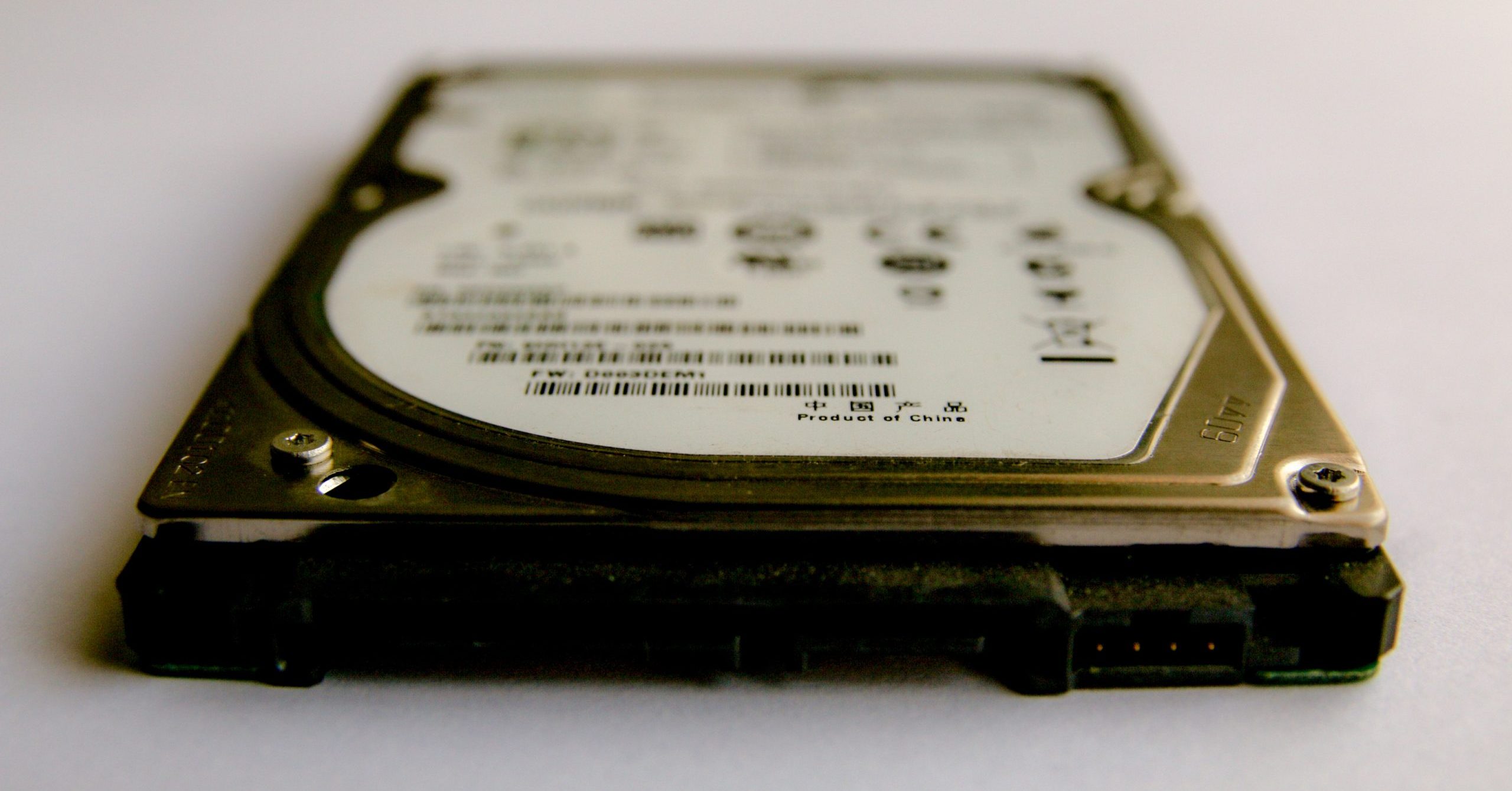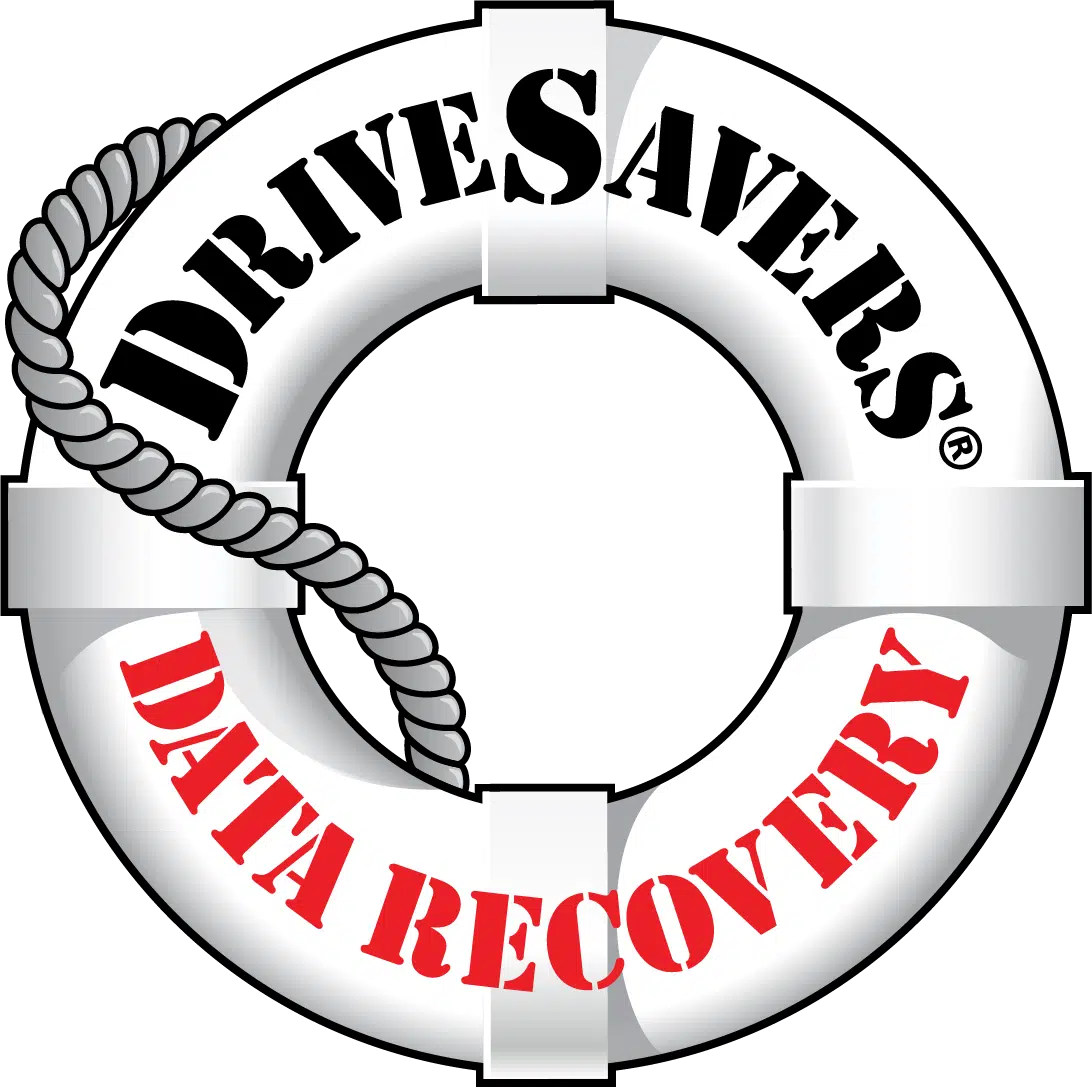Highlighting the sensitive nature of data recovery, Cobb explained how DriveSavers uses protocols like DocuSign agreements to validate ownership and protect customers’ information.
TechRepublic: DriveSavers Engineering Chief Urges Data Recovery Realism

Originally published by TechRepublic.
By Evan Koblentz
You can’t fix stupid. That’s the gist of the message from a data recovery expert at DriveSavers, who shared some war stories with TechRepublic.
DriveSavers, a specialist in restoring data from damaged disks, just broke a decades-old trend among technology vendors by openly discussing what it can’t fix.
Most companies put their marketing dollars into boasting of what they can do or even claiming to do things that are little more than hype or science fiction. DriveSavers’ disclosure of what the company cannot do is a refreshing change.
Mike Cobb, director of engineering, said the list of what his technicians are unable to repair usually centers on two words: human error.
“There’s going to be different scenarios where we say, if there’s human error and it’s this type of error, you better have a backup,” said Cobb.
SEE: Data Backup Policy (Tech Pro Research)
According to Cobb, technicians at the Novato, Calif. company routinely turn away or set low expectations for customers who make any number of common mistakes. “The most common reason we have a data recovery that’s a human error is deletion. They delete the data or the backup to make room for a new backup,” he explained.
Bad database backups are also common. “You have to have it hesitate or pause or put into a freeze mode of some sort, otherwise it’s a corrupt backup. Oracle and those things have this built-in,” Cobb noted. “To me that’s a human error. You may be able to get some data but not all of it because they didn’t think the whole process through.”
Cobb said what really flips his bits is when companies entrust valuable data into the hands of inexperienced overnight staff. “Human error after the initial failure is what we mostly see of things that come in. I have plenty of examples, especially in the enterprise and between midnight and 5 A.M.,” he said. “You have an IT person who is not as experienced on a RAID system or an enterprise system, and you have a multiple drive failure. He attempts to pull the failed drive and pulls the wrong one. Then he might have enough knowledge to try to force it, [but] once he realizes the mistake, he may try to force the drive online. But he may not know all the intricacies of what he’s trying to do.”
That situation can be compounded if, during a power failure, a spare drive is confused with a blank drive. An enterprise system or RAID will reboot and report everything as normal, but application servers querying the spare drive won’t find any data.
SEE: Data backups: The smart person’s guide
“Another example is they disk-dump from one drive to another, and they go the wrong direction. That is not recoverable… that’s why you want to have write blocks on your equipment if you do this professionally,” Cobb said. The mistake is as old as floppy disks and stems from simple confusion when both drives are the same size and type.
Still another example that leaves the DriveSavers staff shaking their heads: “We see this with a lot of lower-end equipment. A consultant rebuilds a RAID and then asks for the backup”—but the backup was the RAID. “That’s the one that just kills us,” Cobb half-joked. “There’s a generation of IT people that just don’t get it. They assume there is a backup.”




